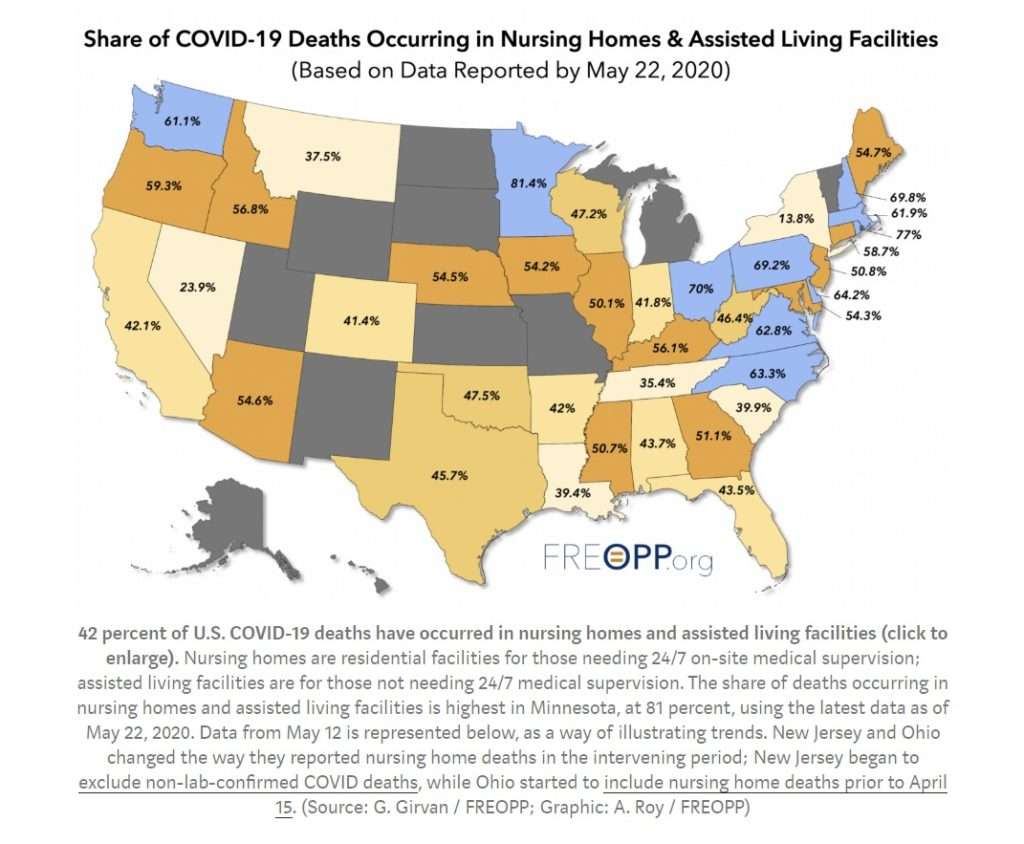From today’s opinion by Judge Brian McDonald:
On April 15, 2020, WASHLITE filed a first amended complaint alleging that Fox violated the Consumer Protection Act …. The complaint alleges that in February and March 2020, hosts and guests on Fox’s programs falsely described the coronavirus as a “hoax” and falsely minimized the threat of the coronavirus and COVID-19. According to WASHLITE, “[t]hese representations were deceptive because they caused consumers to fail to take appropriate action to protect themselves and others from the disease, mitigate its spread, and contributed to a public health crisis and a subsequent state wide shut down causing damage to businesses and the loss of employment by persons located in Washington State.”
By way of relief, WASHLITE seek an order enjoining Fox from televising any misinformation regarding COVID-19, an order directing Fox to issue specific retractions of every false and/or misleading statement, and treble damages.
WASHLITE does not dispute that the speech at issue in this case involves a matter of great public importance. Instead, it argues that Fox, as a cable programmer, does not have the same First Amendment rights accorded to newspapers and broadcast television stations. According to WASHLITE, “cable programmers do not have First Amendment rights on the cable medium” and, therefore, Fox “does not have First Amendment protections on the cable medium.”
These assertions do not hold up to scrutiny. Over 25 years ago, the United States Supreme Court held, “There can be no disagreement on an initial premise: Cable programmers and cable operators engage in and transmit speech, and they are entitled to the protection of the speech and press provisions of the First Amendment.” Turner Broad. Sys., Inc. v. F.C.C. (1994). The Court observed that, “[t]hrough ‘original programming or by exercising editorial discretion over which stations or programs to include in its repertoire,’ cable programmers and operators ‘see[k] to communicate messages on a wide variety of topics and in a wide variety of formats.'”
The case primarily relied upon by WASHLITE, Denver Area Educ. Telcoms. Consortium v. FCC (1996), does not stand for the notion that providers of cable news programs lack First Amendment rights. The Denver decision held that a statute authorizing cable operators to refuse to carry indecent programming on leased access channels did not violate the First Amendment. In the opinion, the Court continued to acknowledge the existence of “the First Amendment interests of cable operators and other programmers.” WASHLITE’s attempt to distinguish cable programmers from other media providers is not supported by the relevant caselaw.
In its briefing, WASHLITE also argues the First Amendment does not apply because “there is no First Amendment right to lie.” The law on this issue is more nuanced than suggested by WASHLITE.
In United States v. Alvarez (2012), the United States Supreme Court held that the Stolen Valor Act, which made it a crime to falsely claim to be a Congressional Medal of Honor recipient, was unconstitutional under the First Amendment. In his plurality opinion, Justice Kennedy explained, “Absent from those few categories where the law allows content-based regulation of speech is any general exception to the First Amendment for false statements. This comports with the common understanding that some false statements are inevitable if there is to be an open and vigorous expression of views in public and private conversation, expression the First Amendment seeks to guarantee.”
In Alvarez, Justice Kennedy in his plurality opinion and Justice Breyer in his concurrence set forth examples of where narrowly tailored statutes properly allowed for civil claims or criminal prosecution based upon falsehoods. For example, Justice Kennedy noted that “[e]ven when considering some instances of defamation and fraud, moreover, the Court has been careful to instruct that falsity alone may not suffice to bring the speech outside the First Amendment. The statement must be a knowing or reckless falsehood.”
The speech in this case involves matters of public concern that is at the heart of the First Amendment’s protection, and WASHLITE does not explain how its CPA claim in this case might fall under the few categories identified in Alvarez.
Washington courts have previously rejected attempts to use the CPA to punish speech made by the media. In Fid. Mort. Corp. v. Seattle Times Co. (Wash. Ct. App. 2005), the Court of Appeals upheld the trial court’s dismissal of a CPA claim against the Seattle Times based upon an allegedly false and deceptive mortgage rate chart published in the newspaper. In doing so, the court held “the quarterly rate chart is not paid advertising. It is a news article, and as such it is not published ‘in the conduct of any trade or commerce.’ It does not fall within those activities governed by [the CPA].”
In many of the United States Supreme Court’s seminal First Amendment decisions, the motives for seeking to curtail or prohibit speech were understandable and could be considered righteous. Yet, as the Supreme Court recognized, “If there is a bedrock principle underlying the First Amendment, it is that the government may not prohibit the expression of an idea simply because society finds the idea itself offensive or disagreeable.” Texas v. Johnson (1989). WASHLITE’s professed goal in this lawsuit—to ensure that the public receives accurate information about the coronavirus and COVID-19—is laudable. However, the means employed here, a CPA claim against a cable news channel, runs afoul of the protections of the First Amendment….
I think this is generally quite right, certainly as to the “cable television is unprotected” argument (see this post) and likely also as to the “false statements about epidemics are unprotected” argument (see this post). I also think the alleged misinformation on Fox’s part consisted of expressions of opinion, not false statements of fact (see this post), but the judge’s reasoning here made it unnecessary for him to decide that.
from Latest – Reason.com https://ift.tt/3ca9u4G
via IFTTT
